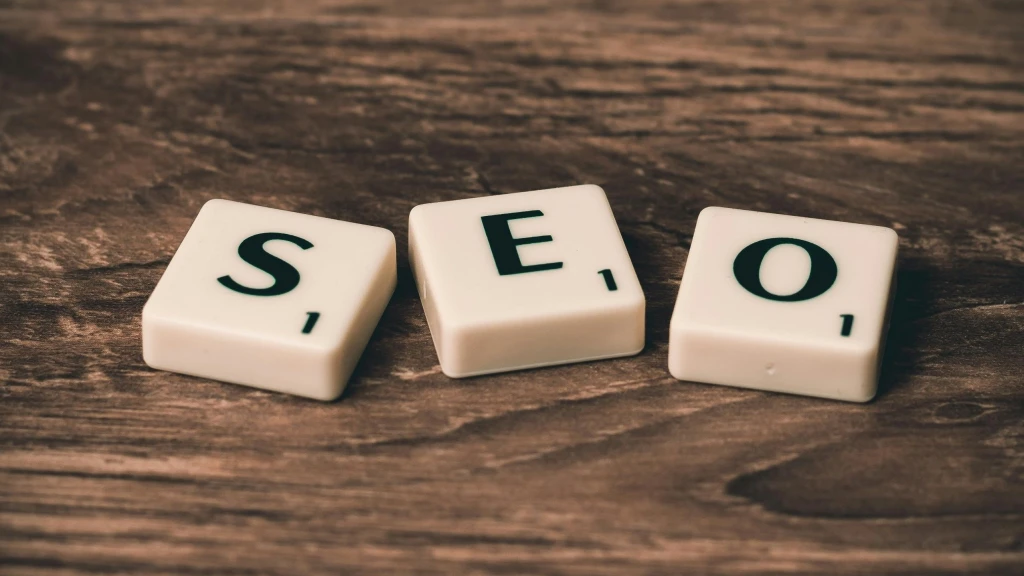How to Optimize Landing Pages for SEO
Visits: 702

Optimizing landing pages for SEO (Search Engine Optimization) is essential to attract more visitors and potential customers to your website. If you are new to business and want to make sure your landing pages are effective, this guide will help you understand the basics of SEO and how to apply them to your website, especially if you are in Canada.
What is SEO?
SEO stands for Search Engine Optimization. It is the practice of optimizing your website so that it ranks higher in search engine results pages (SERPs). Higher rankings mean more visibility, which can lead to more traffic and customers.
Why is SEO Important for Landing Pages?
Landing pages are the first impression potential customers have of your business. They are designed to convert visitors into leads or customers. SEO helps ensure that your landing pages are visible to people searching for relevant keywords, which increases the chances of conversion.
Key Elements of SEO for Landing Pages
- Keywords
- Content
- Meta Tags
- URL Structure
- Images and Alt Text
- Mobile Friendliness
- Page Speed
- Internal Linking
- External Linking
Let's dive into each element in detail.
1. Keywords
Keywords are the words and phrases that people type into search engines. Using the right keywords on your landing pages can help your site appear in search results when someone searches for those terms.
How to Choose Keywords:
- Use tools like Google Keyword Planner or SEMrush.
- Look for keywords with high search volume and low competition.
- Focus on long-tail keywords (phrases with 3-5 words) as they are more specific and less competitive.
Example Table of Keywords:
| Keyword | Search Volume | Competition | Notes |
|---|---|---|---|
| Online business tips | 1000 | Low | Good for attracting newcomers |
| How to start a business in Canada | 800 | Medium | Specific to Canadian audience |
| SEO tips for beginners | 500 | Low | Targeted at new business owners |
2. Content
Content is king in SEO. Your landing page content should be:
- Relevant to the keyword.
- Valuable and informative.
- Easy to read and understand.
Content Tips:
- Use headings and subheadings to break up text.
- Include bullet points and numbered lists.
- Keep paragraphs short.
3. Meta Tags
Meta tags include the title tag and meta description. These appear in the search engine results and impact click-through rates.
Example of a Meta Tag:
| Meta Tag Type | Example |
|---|---|
| Title Tag | How to Optimize Landing Pages for SEO |
| Meta Description | Learn the best tips and tricks for optimizing your landing pages for SEO to attract more visitors and customers. |
4. URL Structure
URLs should be clean and descriptive. Avoid long and complicated URLs. Use hyphens to separate words.
Example of Good URL Structure:
https://businessoffers.ca/blog/post/how-to-optimize-landing-pages-for-seo
5. Images and Alt Text
Images make your landing page attractive. However, search engines cannot read images. Use alt text to describe the images.
Example of Alt Text:
| Image | Alt Text |
|---|---|
| Business meeting | Business meeting in Canada |
| SEO chart | SEO performance chart for a website |
6. Mobile Friendliness
Your landing page must be mobile-friendly because many users browse on their phones. Google uses mobile-first indexing, meaning it primarily uses the mobile version of the content for indexing and ranking.
Tips for Mobile Friendliness:
- Use a responsive design.
- Ensure buttons and links are easy to tap.
- Optimize images for faster loading on mobile.
7. Page Speed
Page speed affects user experience and SEO. Slow pages can lead to higher bounce rates.
Tools to Check Page Speed:
- Google PageSpeed Insights
- GTmetrix
Tips to Improve Page Speed:
- Compress images.
- Use browser caching.
- Minimize JavaScript and CSS.
8. Internal Linking
Internal links are links from one page of your website to another. They help search engines understand the structure of your site and distribute page authority across your site.
Example of Internal Linking:
| From Page | To Page | Anchor Text |
|---|---|---|
| How to start a business | How to optimize landing pages for SEO | SEO tips for landing pages |
9. External Linking
Linking to other authoritative websites can improve your page's credibility. Make sure the external links are relevant to your content.
Example of External Linking:
| From Page | To External Page | Anchor Text |
|---|---|---|
| How to optimize landing pages | https://www.google.com/search/howsearchworks | Google Search Basics |
Conclusion
Optimizing your landing pages for SEO is crucial to attract more visitors and convert them into customers. By focusing on keywords, content, meta tags, URL structure, images, mobile-friendliness, page speed, internal linking, and external linking, you can improve your landing pages' SEO performance.
For Canadian businesses, it's essential to tailor your SEO strategies to your local audience. Use keywords that are relevant to Canadian residents and make sure your content addresses their needs and preferences.
Summary Table of SEO Tips for Landing Pages:
| SEO Element | Key Tips |
|---|---|
| Keywords | Use tools to find relevant keywords. Focus on long-tail keywords. |
| Content | Make it valuable, easy to read, and keyword-rich. |
| Meta Tags | Create compelling title tags and meta descriptions. |
| URL Structure | Keep URLs clean and descriptive. Use hyphens. |
| Images and Alt Text | Describe images with alt text. |
| Mobile Friendliness | Use responsive design and optimize for mobile. |
| Page Speed | Compress images, use caching, and minimize scripts. |
| Internal Linking | Link relevant pages within your site. |
| External Linking | Link to authoritative and relevant external sites. |
By following these tips, you can create landing pages that not only attract more visitors but also convert them into loyal customers. Happy optimizing!
